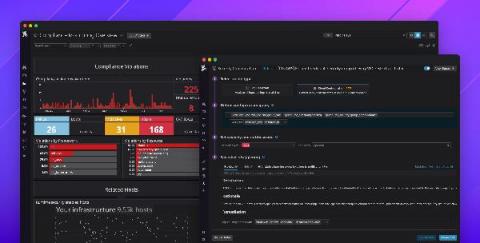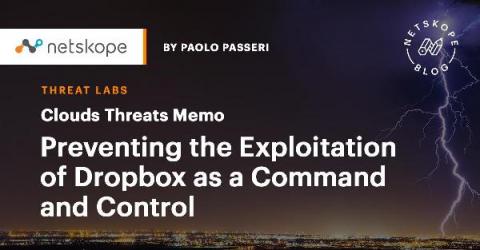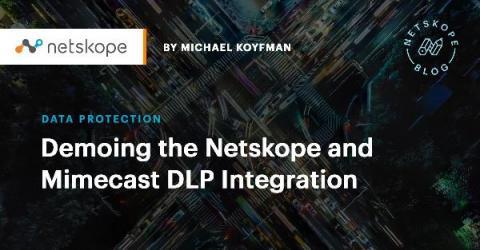Inside the Netskope NewEdge Data Center Factory
Over the last year, we’ve published a number of blogs talking about NewEdge, the network or infrastructure upon which we deliver the Netskope Security Cloud services, and comparing it to other approaches cloud security vendors have taken.










